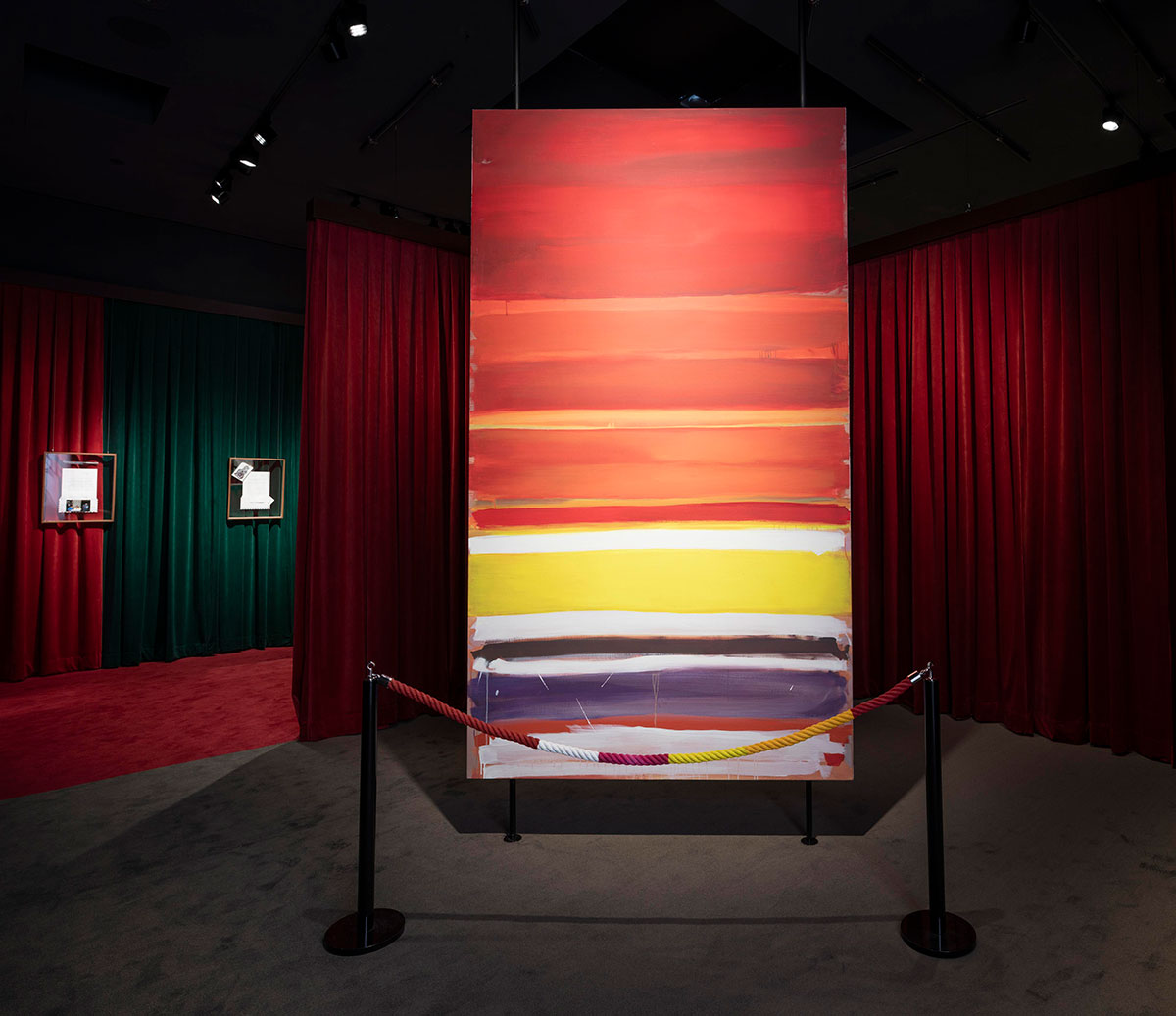PRESENTATION: Simon Fujiwara-It’s a Small World
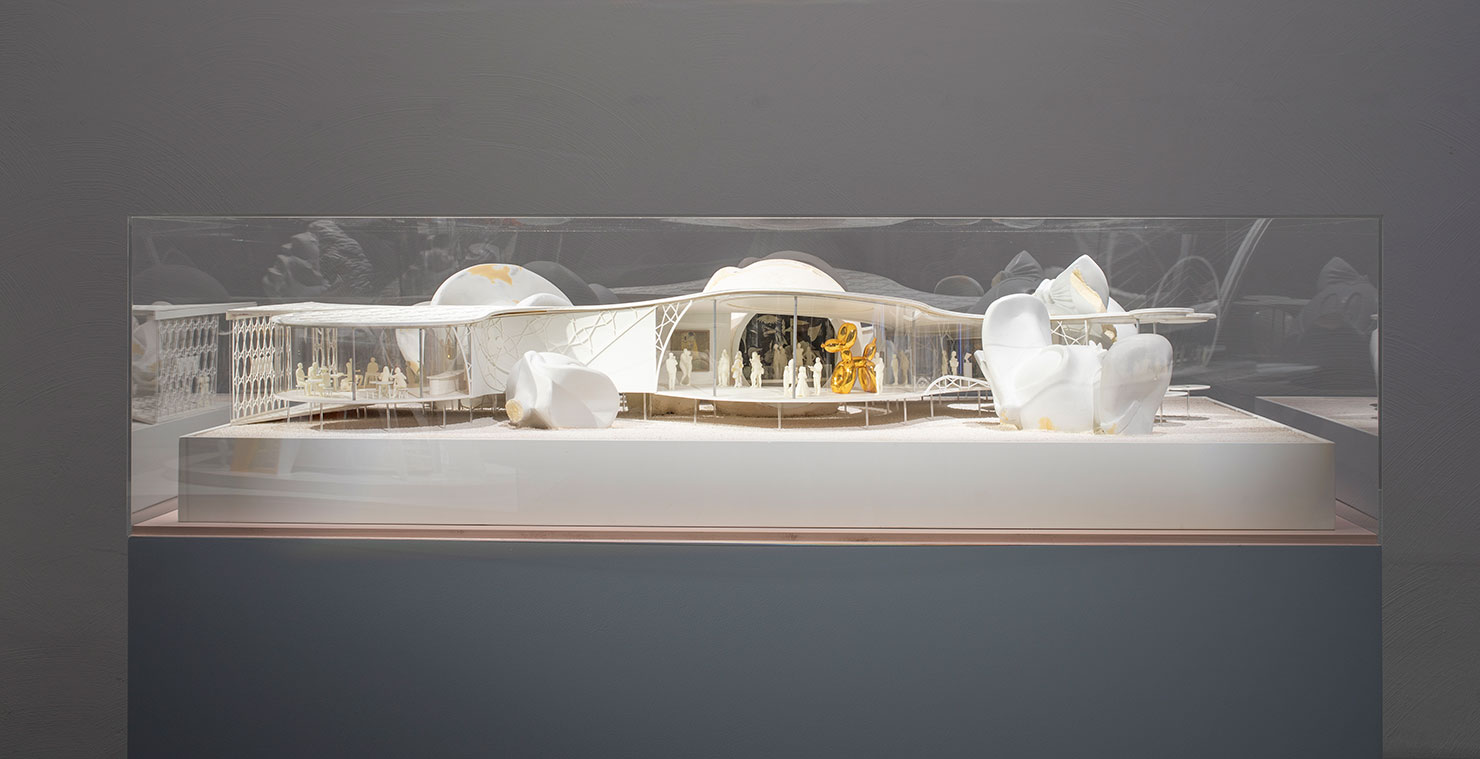 At the core of the work of British-Japanese artist Simon Fujiwara is a question – what does it mean to be a ‘self’ in the 21st century? With humour, inventiveness, delight and rigor, his works reflect on existential quandaries such as: How should one construct a self today? How has technology altered our identities? Is there such thing as an authentic ‘me’?
At the core of the work of British-Japanese artist Simon Fujiwara is a question – what does it mean to be a ‘self’ in the 21st century? With humour, inventiveness, delight and rigor, his works reflect on existential quandaries such as: How should one construct a self today? How has technology altered our identities? Is there such thing as an authentic ‘me’?
By Dimitris Lempesis
Photo: Kiasma Archive
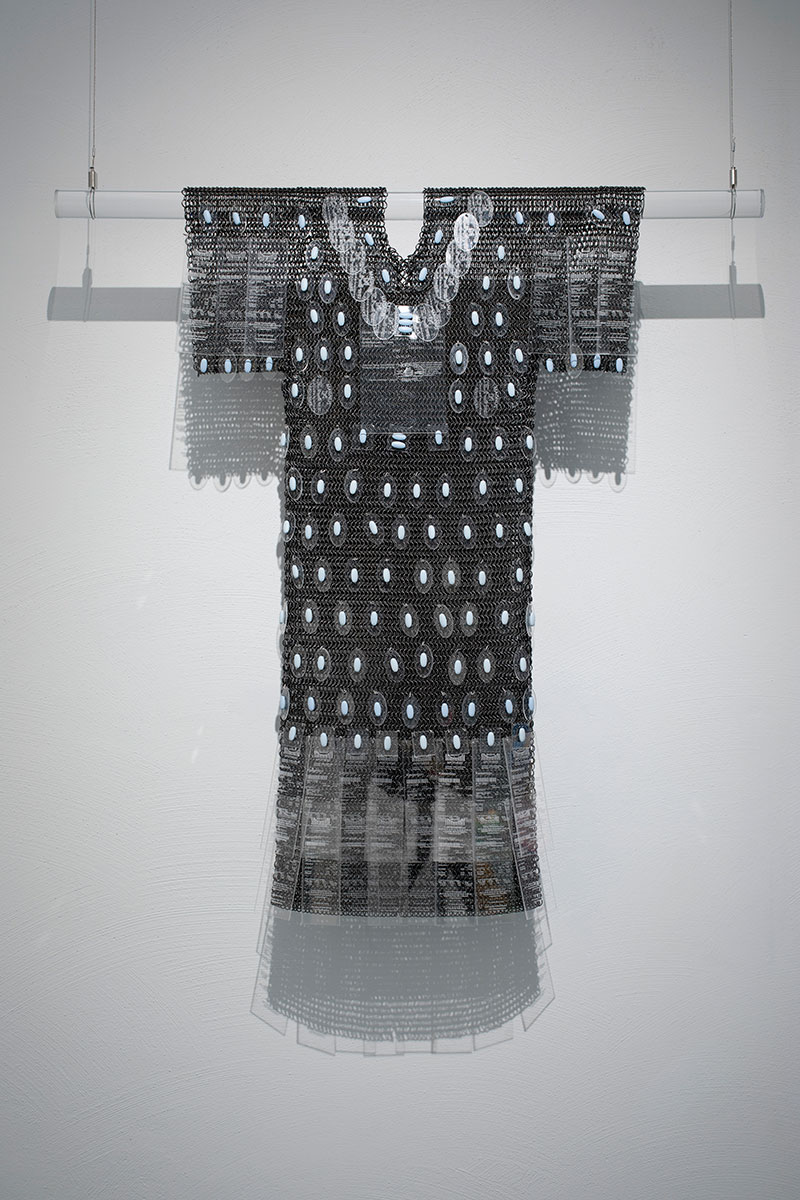
Simon Fujiwara presents “It’s a Small World”, his first solo exhibition in Finland. From performative lectures, video installations and paintings, to the creation of entire themed ‘worlds’, Fujiwara’s decade long practice employs a range of artistic strategies that seek to expand our notions of race, gender, national and sexual identities in a world increasingly mediated by technology and images. Often performing and even parodying his own identity in his work, he confronts these potent cultural topics in unexpected ways – mining fields such as advertising or theme park design, or drawing on art historical strategies, from Dadaism to Pop and Conceptual art. Fujiwara’s work is informed by his early studies in architecture, and operate as ‘imaginary structures’ in which ethical and moral conundrums can coexist with the fantastical, surreal and absurd. These structures create spaces in which disconcerting aspects of life under 21st century capitalism can be examined in a playful and even pleasurable way. “Syphilis – A Conquest” (2019–) charts Fujiwara’s experience of contracting and recovering from syphilis, staging the journey as an adventure tale and mining the illness’s art historical resonance. In “Joanne” (2016), Fujiwara produces a video portrait of his former teacher who became the victim of a nude photo scandal, and her attempt to reclaim her public image. The exhibition also includes four early videos or performance pieces. In each of these works, Fujiwara plays with construction and cultural expectations of his identity as a gay, British-Japanese artist. Created between 2008 and 2012, the works have never before been exhibited together. In his most recent body of work “Who the Bær”, Fujiwara explores identity through the figure of a cartoon bear. As they search for their “true” identity, the lovable cartoon bear morphs effortlessly into various art styles, people, and objects.For the show at Kiasma, Fujiwara has created an overview of Who’s Finland: in the new works, the cartoon bear travels from a painting of the golden age of Finnish art into the world of Tom of Finland, replaces one of the bathing boys in Verner Thomé’s painting, and plays with the forms of Finnish design. Through his practice, Fujiwara seeks to expand our notions of race, gender and national and sexual identities in a world that is increasingly mediated by technology and images. “Once Upon a Who?” highlights the multifaceted development of the original cartoon figure, which Fujiwara created in Spring 2020 and first presented at the Fondazione Prada in Milan in summer of that year. Staged within an exhibition design resembling a museum with different rooms devoted to different chapters of their development, visitors encounter Who the Bær: a bear that seemingly has no race, gender, sexuality or nationality. “Once Upon a Who?”, a stop-motion animation introduces the central themes of the exhibition and the Who the Bær character. Among them are the origin story of the figure and the significance of the characteristics Who has been given; the processes of identity formation, especially regarding gender and race; the effects of mass media, social media, dating apps, and celebrity culture on those processes; as well as cultural appropriation, colonialism and the controversies around stolen artifacts and art. “Empathy I” was inspired by the artists’ experiences of several sites of popular leisure, from mass historical tourist attractions such as Neuschwanstein Castle to theme parks such as Disneyland Paris. Closely collaborating with a company that produces theme park rides, Fujiwara began to develop his own immersive simulator experience that, rather than dealing with fantasy or historical experiences, brings the viewers into the ‘real world’ by simulating found footage and first person perspective camerawork. Fujiwara’s simulator ride not only physically mimics the gestures of the various people’s experiences in the film, but also suggests a physical connection between the images on the screen and the audience’s own bodies through the synchronisation of the motion platform seating. Fujiwara’s point of departure for this work was his interest in the accelerated dynamics of today’s production and consumption of images and the increasing fetishisation of the individual experience and in an age of mass social media. In “Empathy I”, Fujiwara radically shifts the focus from the image to the body, describing the work as a ‘sculptural experience’ rather than a film. In a socio-technological climate where the individual is increasingly prized over group or mass identification, “Empathy I” reflects on an increasingly simulated world which is at once thrillingly emotive and disturbingly efficient.
Photo: Simon Fujiwara, It’s s Small World (Museum), 2019, Photo: Finnish National Gallery / Pirje Mykkänen
Info: Curator João Laia, Museum of Contemporary Art Kiasma, Mannerheiminaukio 2,Helsinki, Finland, Duration: 1/3-13/10/2024, Days & Hours: tue-Fri 10:00-20:00, Sat -Sun 10:00-17:00, https://kiasma.fi/
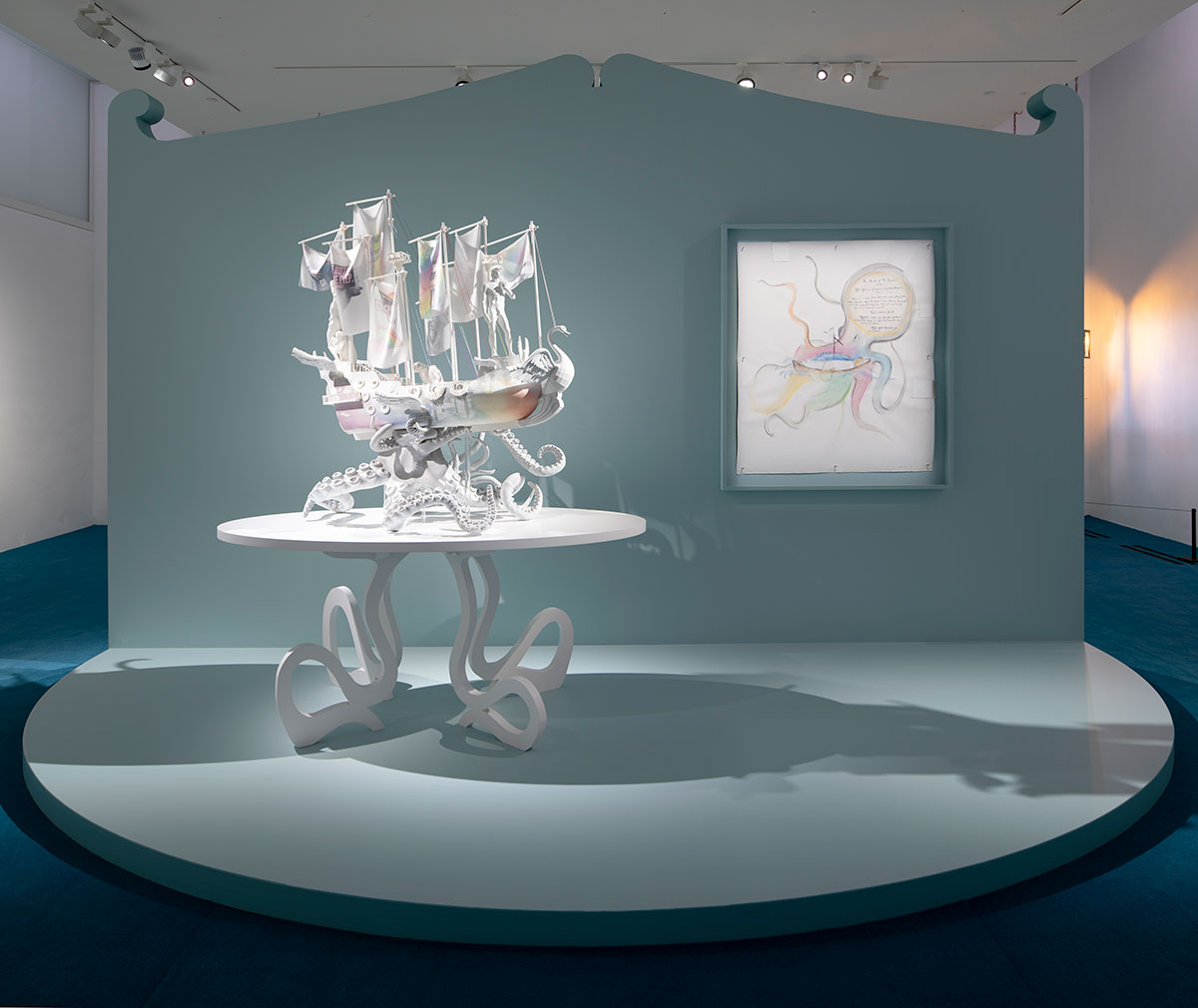
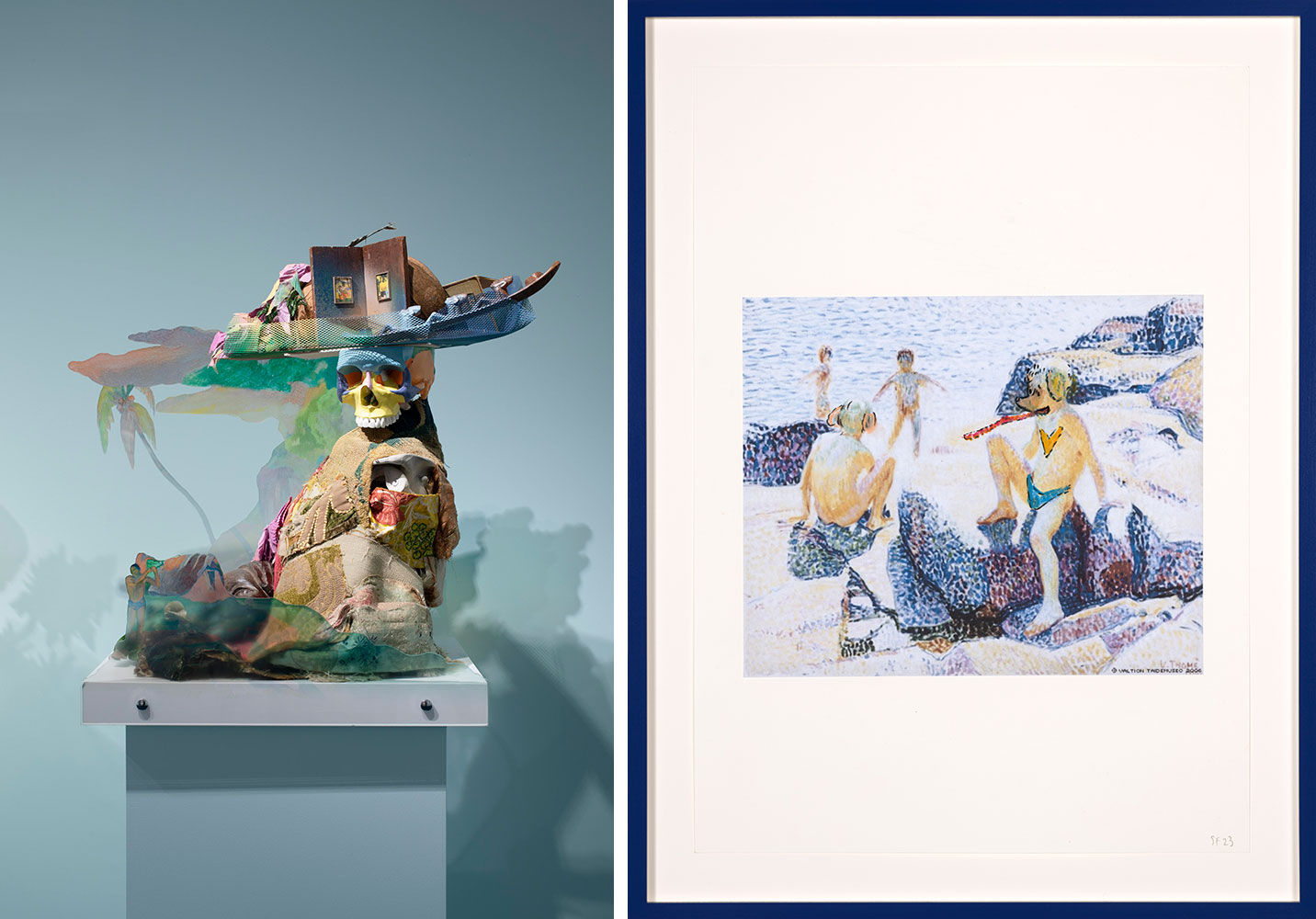
Right: Simon Fujiwara, A Finland for Who?, 2023, Photo: Finnish National Gallery / Petri Virtanen
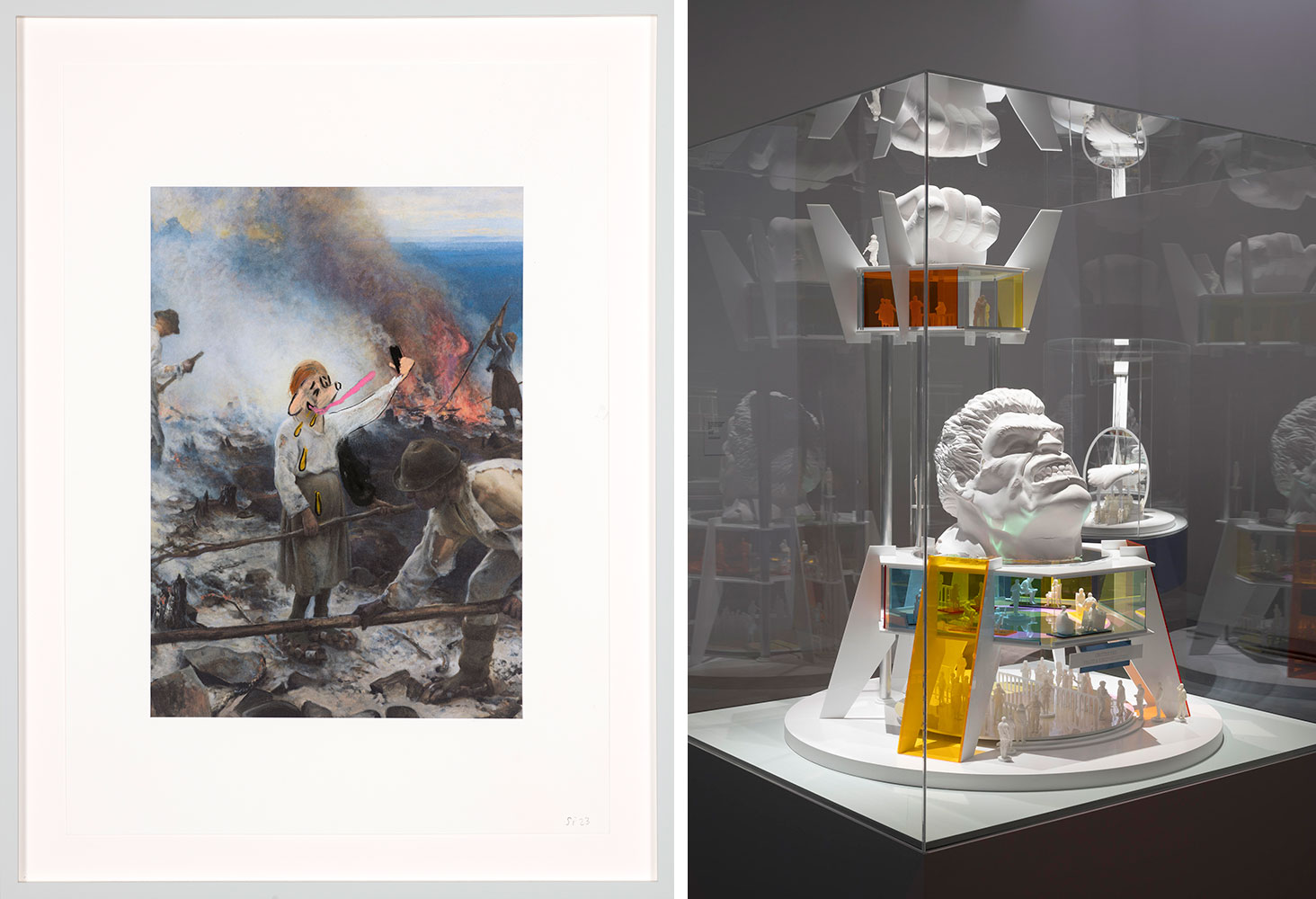
Right: Simon Fujiwara, It’s a Small World (Memorial), 2021, Photo: Finnish National Gallery / Pirje Mykkänen
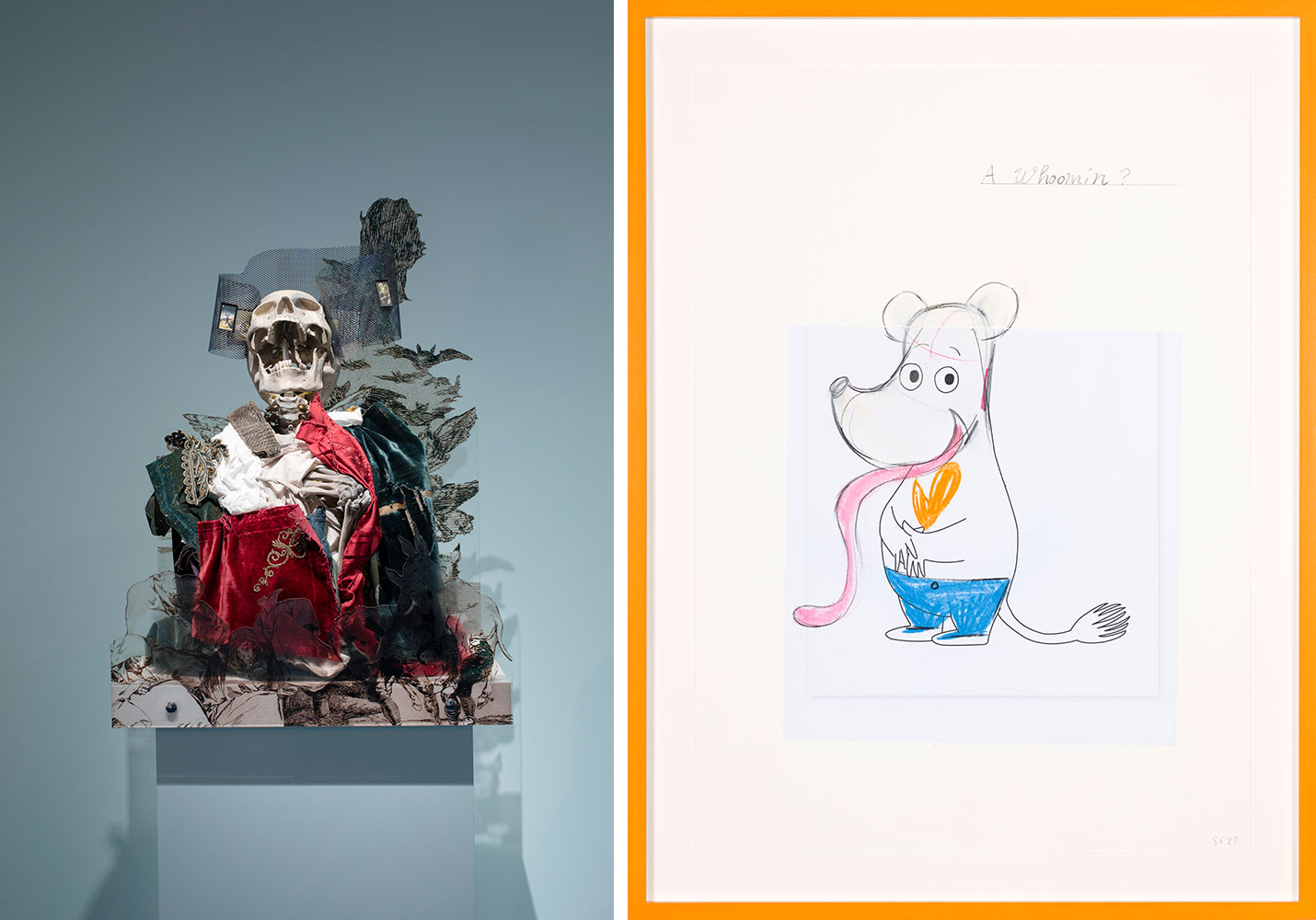
Right: Simon Fujiwara, A Finland for Who?, 2023, Photo: Finnish National Gallery / Petri Virtanen
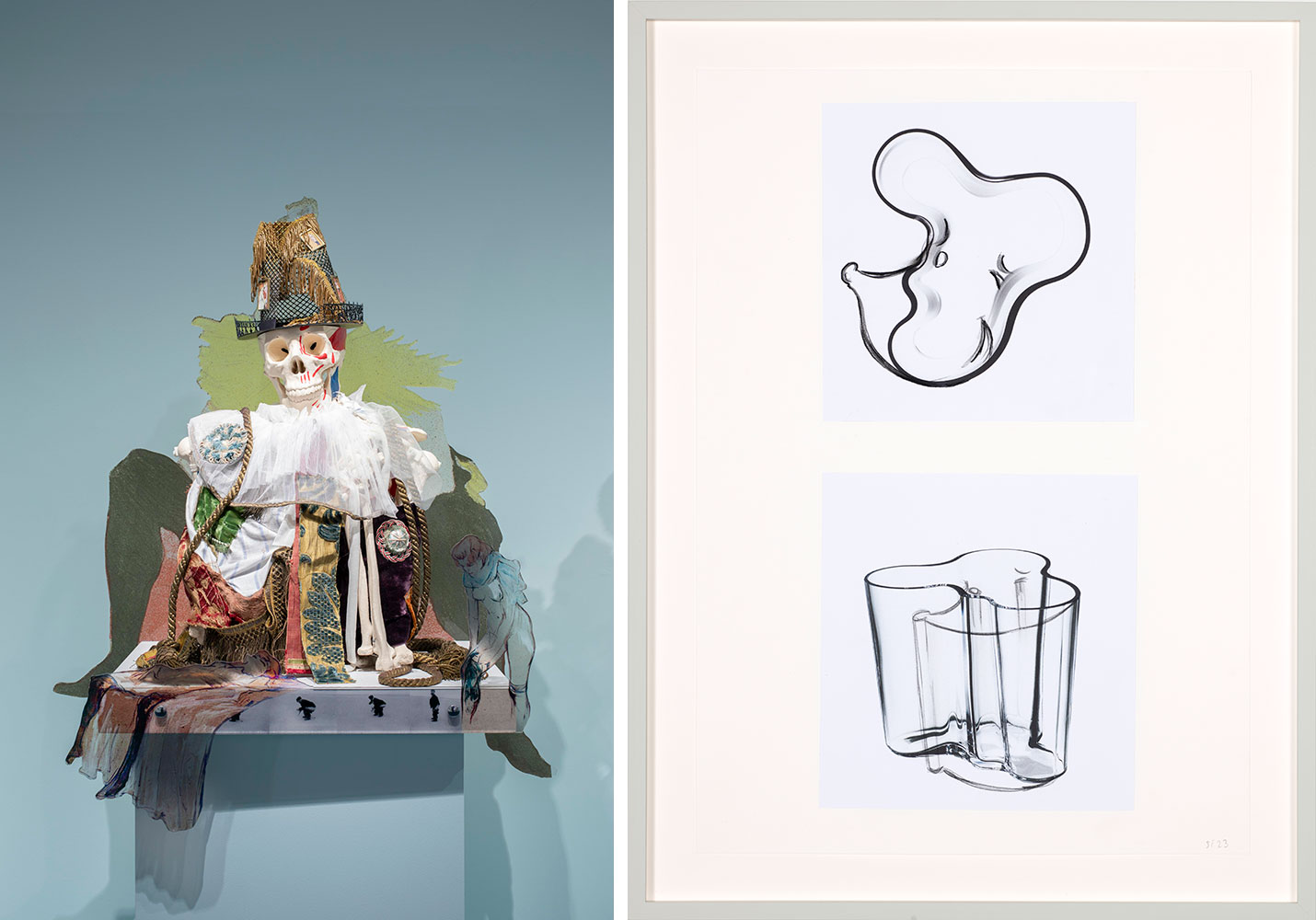
Right: Simon Fujiwara, A Finland for Who?, 2023, Photo: Finnish National Gallery / Petri Virtanen
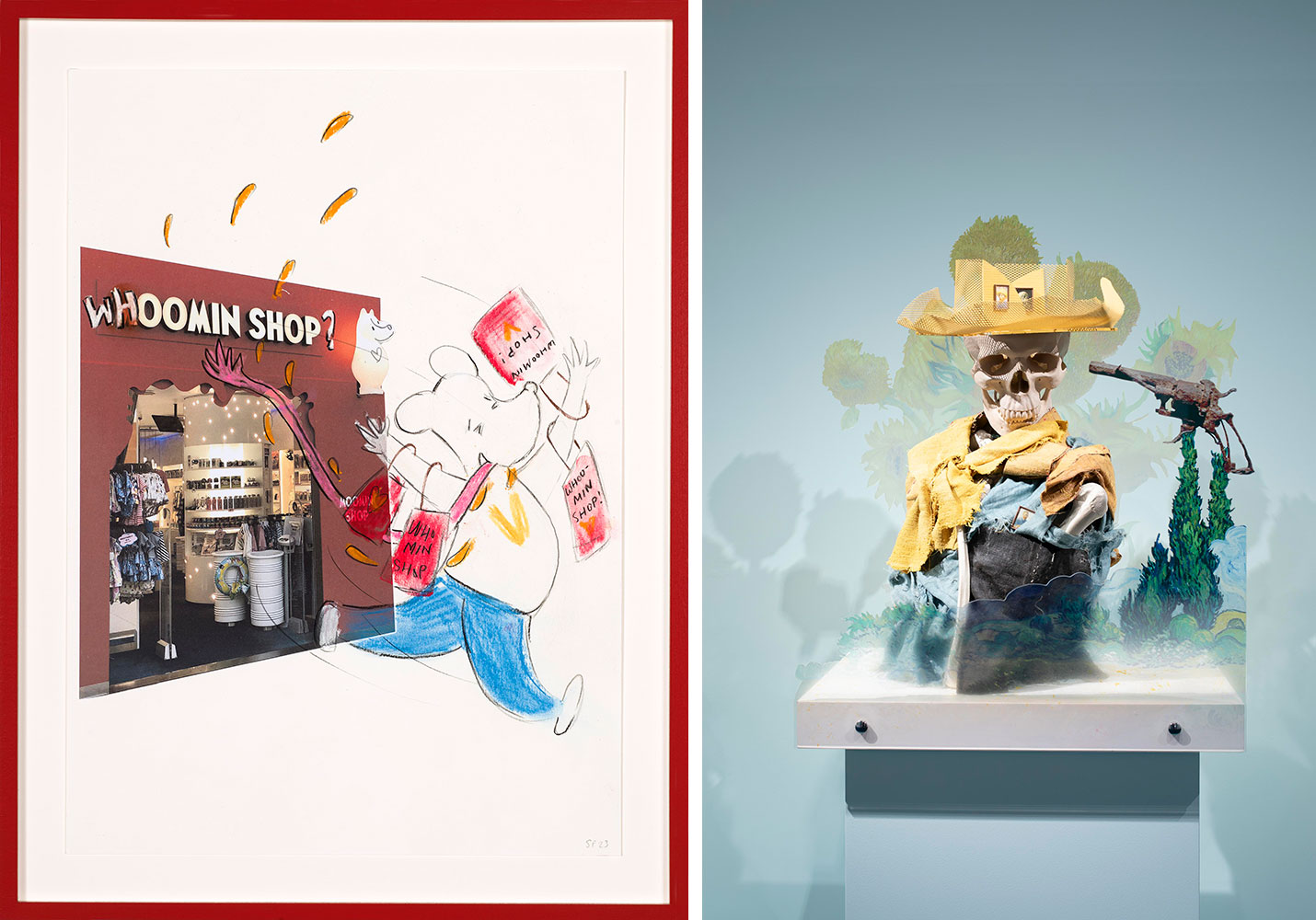
Right: Simon Fujiwara, Syphilitic Comrades (Van Gogh), 2020, Photo: Finnish National Gallery / Pirje Mykkänen
